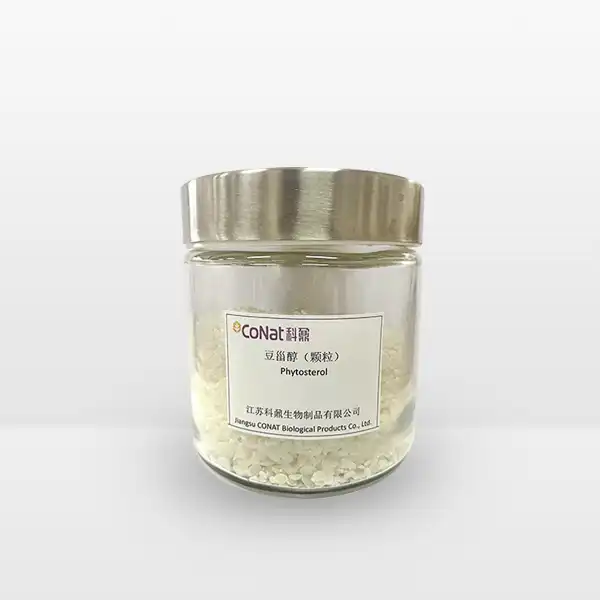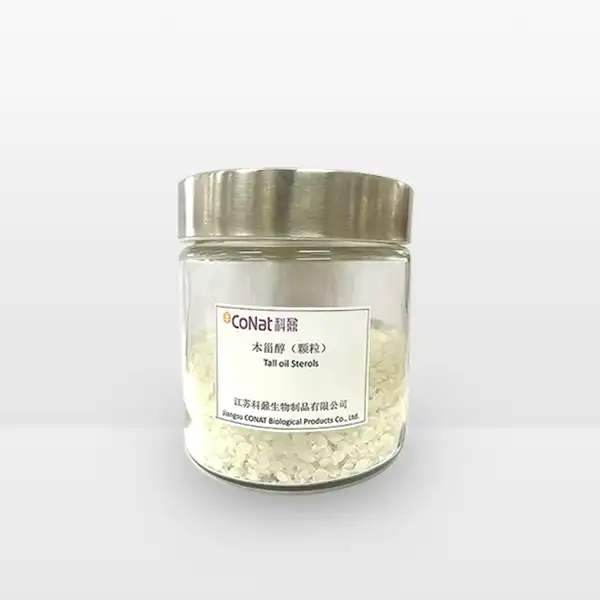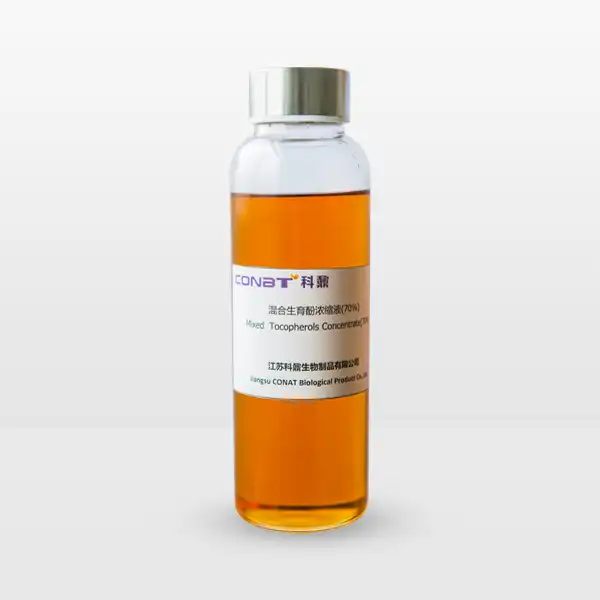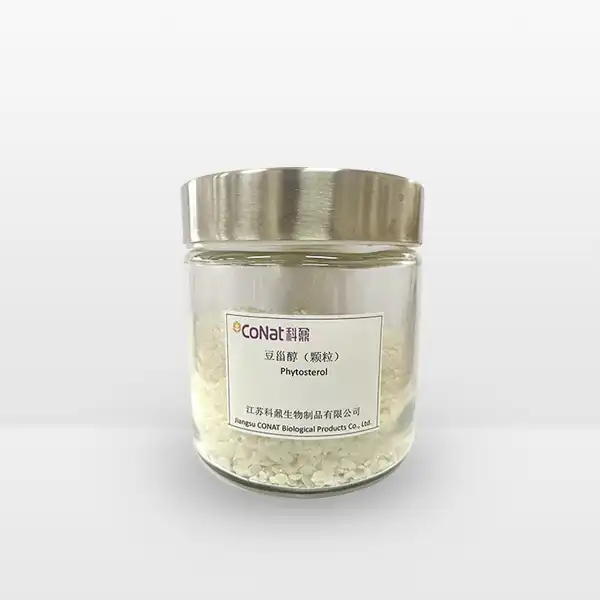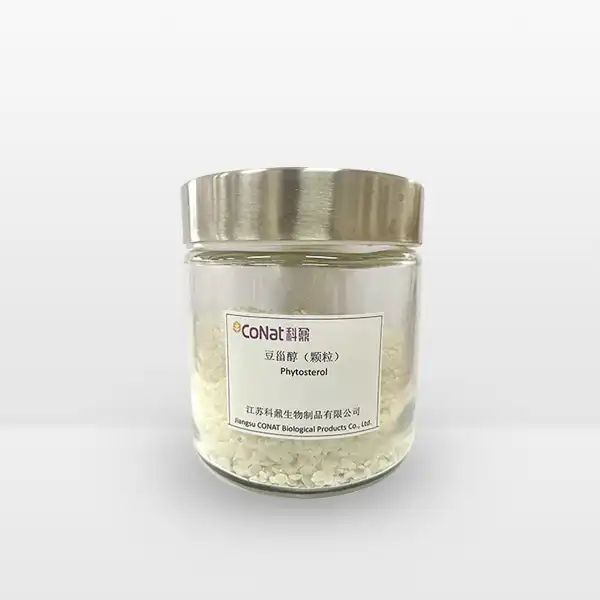- English
- French
- German
- Portuguese
- Spanish
- Russian
- Japanese
- Korean
- Arabic
- Greek
- German
- Turkish
- Italian
- Danish
- Romanian
- Indonesian
- Czech
- Afrikaans
- Swedish
- Polish
- Basque
- Catalan
- Esperanto
- Hindi
- Lao
- Albanian
- Amharic
- Armenian
- Azerbaijani
- Belarusian
- Bengali
- Bosnian
- Bulgarian
- Cebuano
- Chichewa
- Corsican
- Croatian
- Dutch
- Estonian
- Filipino
- Finnish
- Frisian
- Galician
- Georgian
- Gujarati
- Haitian
- Hausa
- Hawaiian
- Hebrew
- Hmong
- Hungarian
- Icelandic
- Igbo
- Javanese
- Kannada
- Kazakh
- Khmer
- Kurdish
- Kyrgyz
- Latin
- Latvian
- Lithuanian
- Luxembou..
- Macedonian
- Malagasy
- Malay
- Malayalam
- Maltese
- Maori
- Marathi
- Mongolian
- Burmese
- Nepali
- Norwegian
- Pashto
- Persian
- Punjabi
- Serbian
- Sesotho
- Sinhala
- Slovak
- Slovenian
- Somali
- Samoan
- Scots Gaelic
- Shona
- Sindhi
- Sundanese
- Swahili
- Tajik
- Tamil
- Telugu
- Thai
- Ukrainian
- Urdu
- Uzbek
- Vietnamese
- Welsh
- Xhosa
- Yiddish
- Yoruba
- Zulu
What is Pine Phytosterol Powder?
Pine phytosterol powder is a natural compound extracted from pine trees, specifically from pine wood and bark. This bioactive substance belongs to the family of plant sterols, which are structurally similar to cholesterol found in animals. The powder form is widely recognized for its potential health benefits and has gained significant attention in both the nutraceutical industry and scientific research. Its unique molecular structure and biological properties make it a valuable ingredient in various health supplements and functional foods. The compound's chemical composition primarily consists of beta-sitosterol, campesterol, and stigmasterol, each contributing to its therapeutic effects. These plant sterols are essential components of cell membranes in pine trees, playing crucial roles in maintaining membrane fluidity and cellular function.
Recent advances in analytical chemistry have allowed researchers to better understand the complex molecular architecture of pine phytosterols, revealing additional minor components that may contribute to their overall biological activity. The powder's physical characteristics, including its crystalline structure and particle size distribution, are carefully controlled during manufacturing to optimize its performance in various applications. These properties significantly influence its solubility, bioavailability, and stability in different formulation matrices.
What are the Health Benefits of Pine Phytosterol Powder for Cholesterol Management?
Pine phytosterol powder has emerged as a powerful natural solution for managing cholesterol levels in the human body. The mechanism behind its effectiveness lies in its structural similarity to cholesterol, which allows it to compete with cholesterol for absorption in the digestive system. When consumed regularly, pine phytosterols can effectively reduce the absorption of dietary cholesterol, leading to lower blood cholesterol levels.
Scientific studies have demonstrated that consuming 2-3 grams of pine phytosterols daily can reduce LDL (low-density lipoprotein) cholesterol by 10-15%. This reduction is particularly significant because LDL cholesterol is often referred to as "bad" cholesterol, and its elevated levels are associated with an increased risk of cardiovascular diseases. The powder works by partially blocking cholesterol absorption in the small intestine, which helps maintain healthy cholesterol levels.
Furthermore, pine phytosterol powder has shown synergistic effects when combined with other cholesterol-lowering strategies, such as maintaining a healthy diet and regular exercise. Clinical trials have indicated that individuals following a heart-healthy diet while supplementing with pine phytosterols experience more significant improvements in their lipid profiles compared to those using either approach alone.
The cardiovascular benefits extend beyond cholesterol management. Research suggests that pine phytosterols may help reduce inflammation in blood vessels, improve endothelial function, and support overall heart health. These multiple mechanisms of action make pine phytosterol powder a valuable tool in comprehensive cardiovascular health management strategies.
Long-term studies have now demonstrated that consistent use of pine phytosterols can lead to sustained improvements in cardiovascular health markers. Meta-analyses of clinical trials spanning periods of up to five years have shown that regular consumption of pine phytosterols not only maintains reduced cholesterol levels but may also contribute to improved arterial flexibility and reduced inflammatory markers. Additionally, recent research has identified potential benefits for metabolic health, suggesting that pine phytosterols might play a role in glucose metabolism and insulin sensitivity regulation.
Population studies have indicated that individuals with higher dietary intake of plant sterols, including those from pine sources, generally exhibit better cardiovascular health outcomes. These observational findings have been supported by interventional studies showing that pine phytosterol supplementation can be particularly beneficial for individuals with genetic predispositions to elevated cholesterol levels or those who cannot tolerate conventional cholesterol-lowering medications.
How is Pine Phytosterol Powder Extracted and Processed for Maximum Effectiveness?
The extraction and processing of pine phytosterol powder involve sophisticated technological procedures designed to maintain the compound's biological activity while ensuring its purity and effectiveness. The process begins with the careful selection of pine wood and bark, typically from sustainable forest sources, as the raw material quality significantly influences the final product's efficacy.
The extraction process typically employs supercritical fluid extraction (SFE) technology, using carbon dioxide as the primary solvent. This method is preferred because it's environmentally friendly and leaves no harmful residues in the final product. The process involves subjecting the pine material to specific pressure and temperature conditions that allow for the selective extraction of phytosterols while leaving unwanted compounds behind.
Following extraction, the crude extract undergoes several purification steps, including molecular distillation and crystallization. These steps are crucial for removing impurities and concentrating the active phytosterol compounds. The purified extract is then carefully dried and milled to achieve the desired particle size, which is critical for optimal bioavailability.
Quality control measures are implemented throughout the processing chain, with regular testing for purity, potency, and stability. Advanced analytical techniques such as high-performance liquid chromatography (HPLC) and gas chromatography-mass spectrometry (GC-MS) are used to verify the phytosterol content and ensure the absence of contaminants. The final powder must meet strict specifications for particle size distribution, moisture content, and microbial limits to guarantee its safety and effectiveness.
Recent technological innovations have led to the development of enhanced extraction methodologies that optimize yield while minimizing environmental impact. These include the implementation of continuous flow extraction systems and the integration of green chemistry principles throughout the manufacturing process. Advanced membrane filtration technologies have also been introduced to improve the separation and purification of phytosterol compounds, resulting in products with higher purity and consistency.
The industry has also made significant strides in developing sustainable practices for raw material sourcing. Many manufacturers now participate in forest certification programs and implement waste reduction strategies throughout the production chain. These initiatives not only ensure the long-term availability of raw materials but also contribute to the overall sustainability of pine phytosterol production.
Can Pine Phytosterol Powder Be Used in Food Products and Supplements?
The versatility of pine phytosterol powder makes it an excellent ingredient for incorporation into various food products and dietary supplements. Its stability under different processing conditions and relatively neutral taste profile has led to its widespread use in functional foods and nutraceutical formulations.
In food applications, pine phytosterol powder can be incorporated into a wide range of products, including margarine, yogurt, bread, and beverages. The key to successful incorporation lies in proper emulsification and dispersion techniques to ensure uniform distribution and maximum bioavailability. Food manufacturers often use specialized encapsulation technologies to protect the phytosterols during processing and storage while maintaining their functionality.
The supplement industry has developed various delivery formats for pine phytosterol powder, including capsules, tablets, and powder blends. These formulations often combine phytosterols with other complementary ingredients to enhance their effectiveness. For example, some products pair pine phytosterols with omega-3 fatty acids or fiber to create comprehensive heart health supplements.
Regulatory bodies worldwide have recognized pine phytosterol powder as safe for food and supplement applications, with specific guidelines for usage levels and labeling requirements. For instance, the European Food Safety Authority (EFSA) has approved health claims related to cholesterol-lowering effects when products contain specified amounts of plant sterols.
The development of novel delivery systems continues to evolve, with research focusing on improving the bioavailability and stability of pine phytosterols in different product matrices. This ongoing innovation has led to the creation of more effective and consumer-friendly products that maintain the active compounds' integrity throughout their shelf life.
Recent technological advances have enabled the development of microencapsulation techniques that significantly enhance the stability and bioavailability of pine phytosterols in various food matrices. These innovations have expanded the range of potential applications, allowing for incorporation into previously challenging food systems such as clear beverages and low-fat products. Additionally, new research has focused on understanding the interaction between pine phytosterols and other functional ingredients, leading to optimized formulations that maximize health benefits while maintaining product quality and consumer acceptability.
The market for pine phytosterol-enriched products continues to grow, driven by increasing consumer awareness of cardiovascular health and preference for natural solutions. Manufacturers are responding with innovative product formats and improved formulations that address specific consumer needs and preferences. This includes the development of convenient, ready-to-use formats and products targeted at specific demographic groups, such as children's supplements and senior-friendly formulations.
If you want to get more information about Pine Phytosterol Powder, you can contact us at: sales@conat.cn.
References
1. Journal of Nutrition and Metabolism (2022). "Plant Sterols: Mechanisms of Action and Clinical Applications"
2. European Journal of Clinical Nutrition (2023). "Effectiveness of Pine-Derived Phytosterols in Cholesterol Management"
3. Food Chemistry (2023). "Extraction and Processing Technologies for Plant Sterols"
4. Advances in Food Technology (2022). "Applications of Phytosterols in Functional Foods"
5. International Journal of Molecular Sciences (2023). "Molecular Mechanisms of Plant Sterols in Cardiovascular Health"
6. Journal of Agricultural and Food Chemistry (2023). "Innovative Approaches in Phytosterol Processing"
7. Critical Reviews in Food Science and Nutrition (2022). "Safety and Efficacy of Plant Sterols in Food Applications"
8. Bioactive Compounds in Health and Disease (2023). "Pine-Derived Bioactive Compounds: From Extraction to Application"
9. European Food Research and Technology (2022). "Quality Control Methods for Phytosterol Products"
10. Comprehensive Reviews in Food Science and Food Safety (2023). "Regulatory Aspects of Phytosterol Usage in Foods and Supplements"
